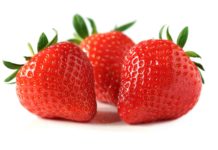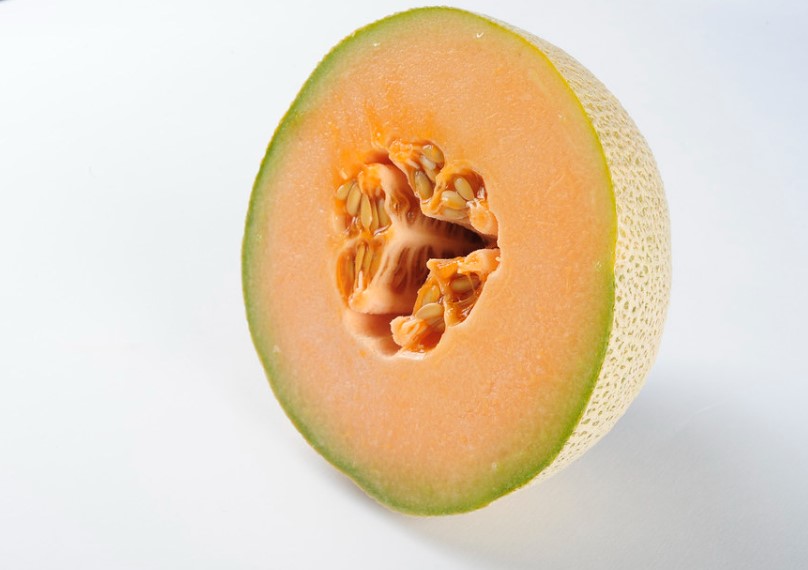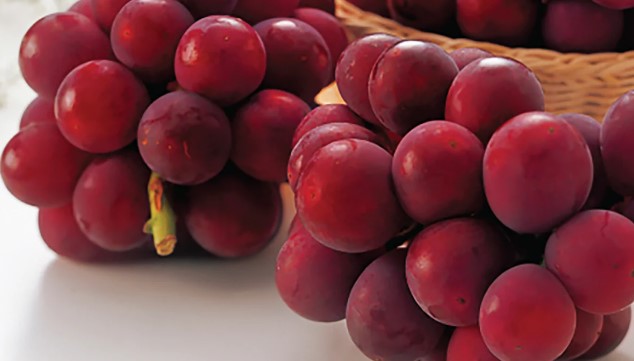Like fruit, Eat More Vegetables are packed full of antioxidants that help our bodies fight free radicals. The catch is that as soon as they are harvested. They begin to lose their essential nutritional value and when they are cooked, they lose more. To get the full benefit, it is important to buy them as fresh vegetables. Then use them as quickly, and cook them as little as possible.
Turning some of the most nutritious raw vegetables into juices is the best way to benefit from the vitamins minerals and other elements they contain. Buy organic whenever possible, wash just before using and scrub. And remove the minimum amount of peel if whizzing in a blender or food processor. If you’re using a juice extractor, the vegetable can be used whole once it has been thoroughly scrubbed.
20 Essential Vegetables You Should Eat
1. Alfalfa is a sprouting bean that produces fine pale green shoots. Like the mung bean that is used for beansprouts. The sprouts go on to produce vitamins and minerals as the young shoot grows. As soon as the bean or seed germinates and the shoot starts to develop, the vitamin C content is multiplied by 600. Sprouting also increases the development of various B vitamins.
2. Avocados, natives of South America were first known in England as alligator pears or midshipman’s butter. The first avocado trees were grown in California in the 1870s when trees were taken there from Mexico. Avocados contain 17 vitamins and minerals including vitamins A, B, C, and E, riboflavin, iron, calcium, copper, phosphorus, zinc, niacin, magnesium, and more potassium than many other fruits and vegetables.
They also offer the highest protein content of any fruit. Although they contain no cholesterol. They are high in calories and do contain quite a high proportion of monounsaturated fat. Therefore, the quantity eaten should perhaps be limited. Choose ripe avocados that are ready to use immediately by pressing the skin gently for a soft. Slightly yielding flesh and avoid any brown or black discolorations. Store unripe pears at room temperature. Once cut, stop the surface from turning brown by brushing it with lemon or lime juice.
3. Beansprouts are usually grown from the mung bean, a native of India. The young crisp and crunchy white shoots are very low in calories. This vegetable contains lots of B complex vitamins and vitamin C., Unlike other vegetables that begin to lose their vitamins as soon as they are picked. Sprouting beans go on producing other nutrients so the amount of vitamin C increases.
A single helping gives approximately three-quarters of the adult’s daily vitamin C requirement. They can be grown at home in a glass jar, or bought from supermarkets and market stalls. To grow at home, soak the beans in warm water for 10-12 hours. Drain, rinse, place in glass jars and cover with muslin, then leave in a warm, dark place and the shoots will be ready to eat in 2-6 days. It is best to store in a plastic bag or covered box in the refrigerator for up to 24 hours and wash in cold water before using.







